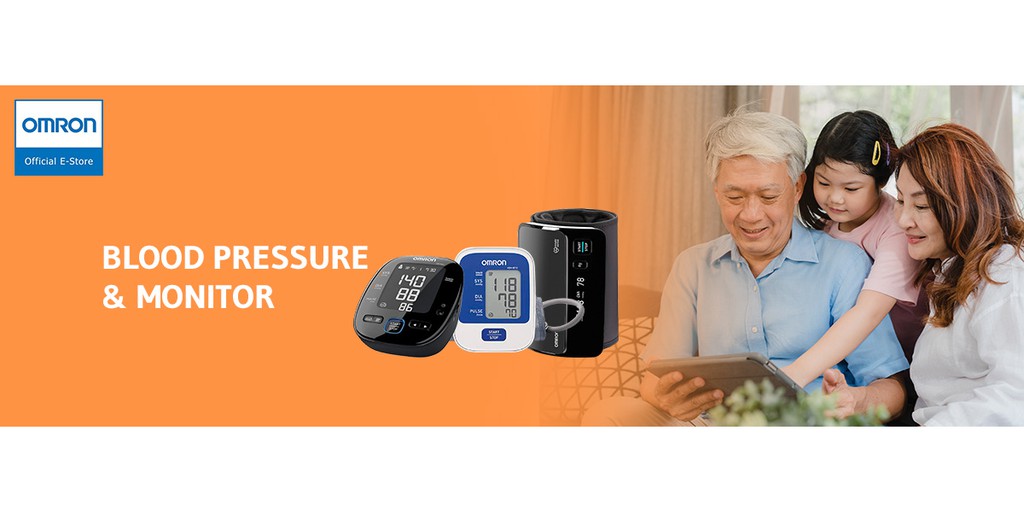Cancer Marker: Cancer Antigen 153 - CA153 (For Breast) medical test
Learn about Cancer Marker: Cancer Antigen 153 - CA153 (For Breast) medical tests, including what the tests are used for, why a doctor may order a test, how a test will feel, and what the results may mean.
What is Cancer Antigen 153?
Cancer antigen 15-3 (CA15-3) is a protein made by a variety of cells, particularly breast cancer cells. The protein moves into the blood, where it can be measured. Cancer antigen 15-3 (CA 15-3) is used to monitor response to breast cancer treatment and disease recurrence.
What the Cancer Antigen 153 test used for?
CA15-3 is a tumour marker. It is used to check how breast cancer treatment is working and look for cancer that has come back, or recurred, after treatment. If you are diagnosed with breast cancer that has spread to other parts of the body, or metastasized, you may have this test, along with other tests such as hormone receptor testing and HER2 status testing. CA15-3 is not measured for early-stage breast cancer because the levels of this protein are rarely higher than normal at this stage.
How is the procedure performed?
A blood sample drawn from a vein in your arm. You may want to wear a shirt with sleeves that can easily be rolled up to make it easier to collect the blood sample. This usually takes less than five minutes.
What will be the results interprets?
CA 15-3 value of 30 units per millimeter (U/mL) or less is considered normal. The higher the CA 15-3 level, the more advanced the breast cancer and the greater the amount of cancer present (tumor burden). CA 15-3 concentrations tend to increase as the cancer grows. In metastatic breast cancer, the highest levels of CA 15-3 often are seen when the cancer has spread to the bones and/or the liver. Normal value ranges may vary slightly among different laboratories. Some labs use different measurements or test different samples. Talk to your doctor about the meaning of your specific test results.


